
Quake 4
Publisher: ActivisionWe used the full retail version of Quake 4 patched to version 1.3.0. It is the fourth game in the Quake series, based on the technically sound Doom 3 engine. However, unlike Doom 3, we found that the game benefits from at least 2x anti-aliasing, and the experience with anti-aliasing at a slightly lower resolution was better than increasing the resolution with no AA applied.
Both anti-aliasing and anisotropic filtering were controlled from inside the game. When you select "High Quality" mode, 4xAF is automatically enabled, and when the "Ultra Quality" mode is enabled, 8xAF is automatically applied to the scene.
We used a custom-recorded demo from a section that represents fairly typical performance throughout the rest of the game. We set the in-game details to high quality and left Vsync disabled. Both anti-aliasing and anisotropic filtering were controlled inside the game using console commands. Anti-aliasing was adjusted using the "r_multisamples" cvar, while anisotropic filtering values were set using "image_anisotropy".
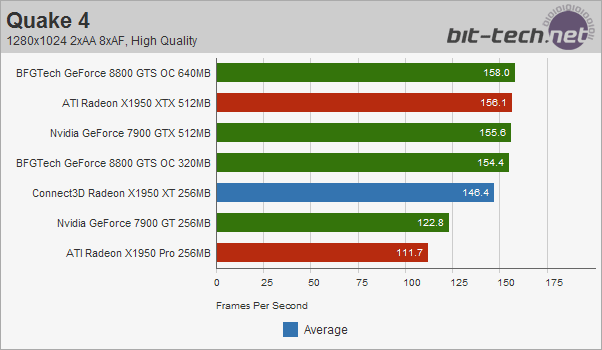
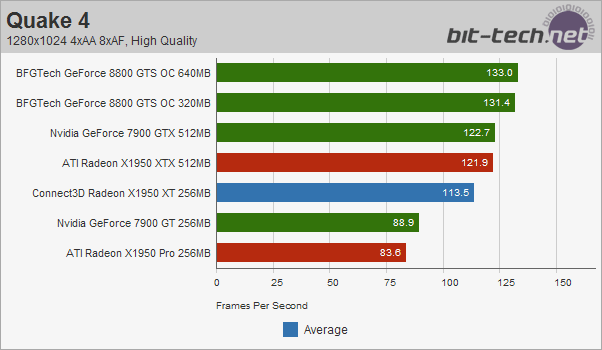
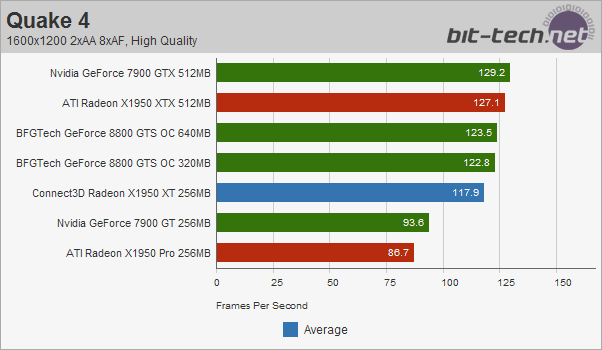
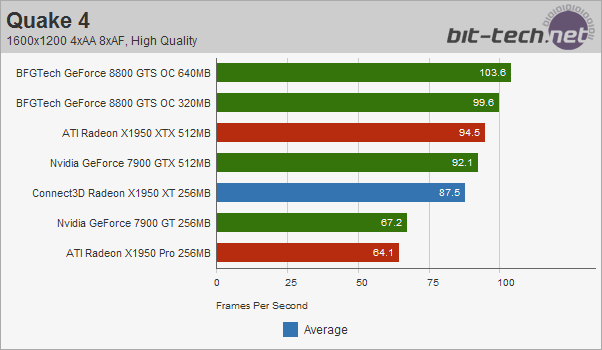
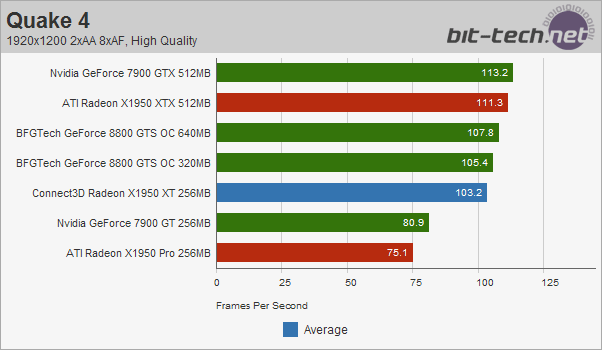
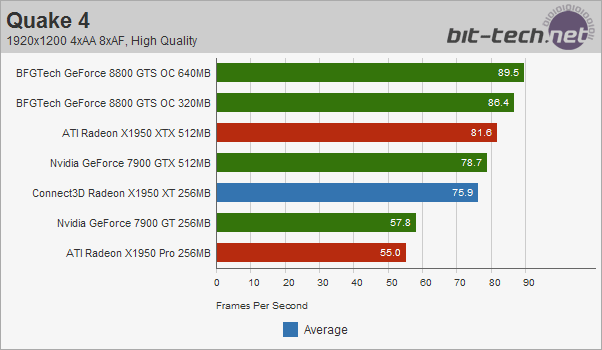

MSI MPG Velox 100R Chassis Review
October 14 2021 | 15:04

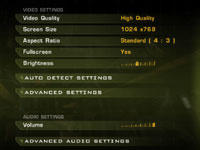
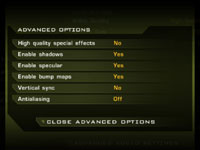








Want to comment? Please log in.